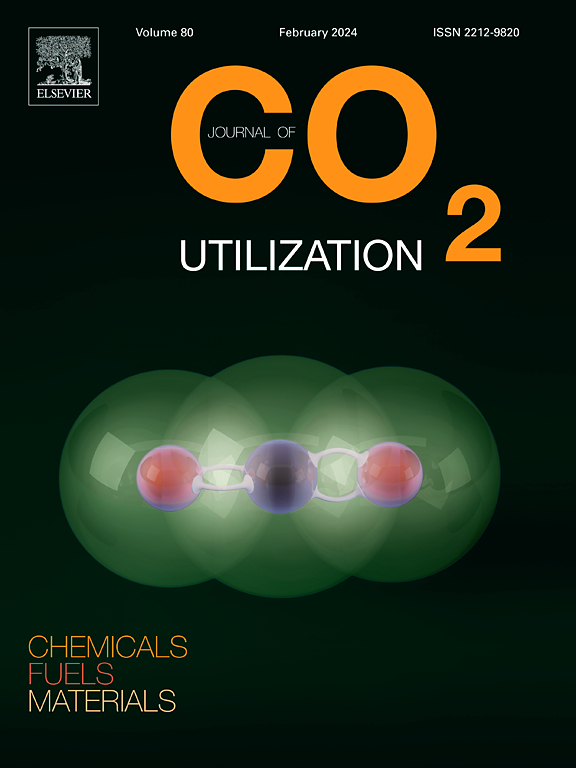Characterisation of plastic-based sanitary personal protective equipment following supercritical CO₂ sterilisation: A reuse strategy
IF 7.2
2区 工程技术
Q1 CHEMISTRY, MULTIDISCIPLINARY
引用次数: 0
Abstract
The global demand for single-use personal protective equipment (PPE) is rapidly increasing. Most PPE items are composed of plastics, which often end up in landfills or oceans, causing significant environmental harm. Additionally, the disposal of PPE is costly, as it is classified as biological waste. In this study, sanitary PPE components were sterilized using supercritical CO2 at 40°C and 10 MPa, with the addition of small amounts of additives (<0.1 %). Specifically, sterilisation was achieved using as additives mixtures of water, H2O2 and acetic anhydride, or peracetic acid. The materials were characterized before and after treatment using FTIR, DSC, and SEM-EDX to assess whether the sterilization process affected the physical and chemical properties of the PPE components. Results showed that masks, gowns, coveralls, caps, and shoe covers were largely unaffected by the treatment, while nitrile gloves and protective glasses exhibited alterations. No traces of the additives were detected in the treated materials, as they were carried away by the CO2 during depressurization. These findings demonstrate that supercritical CO2 sterilization is a viable method for reusing certain PPE components or recycling them as polymeric raw materials, offering an environmentally friendly alternative to incineration. The significant potential of this technology for hospital applications is evident.
超临界二氧化碳灭菌后塑料基卫生个人防护装备的特性:重复使用策略
全球对一次性个人防护装备(PPE)的需求正在迅速增加。大多数个人防护用品都是由塑料制成的,它们往往最终被填埋或进入海洋,造成严重的环境危害。此外,个人防护装备的处置成本很高,因为它被归类为生物废物。在本研究中,卫生PPE组件使用40°C和10 MPa的超临界CO2进行灭菌,并添加少量添加剂(<0.1 %)。具体来说,灭菌是使用水、H2O2和乙酸酐或过氧乙酸的混合物作为添加剂来实现的。利用FTIR、DSC和SEM-EDX对处理前后的材料进行表征,以评估灭菌过程是否影响PPE组件的物理和化学性能。结果显示,口罩、长袍、工作服、帽子和鞋套基本上没有受到影响,而丁腈手套和防护眼镜则出现了变化。在处理过的材料中没有检测到添加剂的痕迹,因为它们在减压过程中被二氧化碳带走了。这些发现表明,超临界CO2灭菌是重复使用某些PPE组件或将其作为聚合物原料回收的可行方法,为焚烧提供了一种环保的替代方案。这项技术在医院应用方面的巨大潜力是显而易见的。
本文章由计算机程序翻译,如有差异,请以英文原文为准。
求助全文
约1分钟内获得全文
求助全文
来源期刊

Journal of CO2 Utilization
CHEMISTRY, MULTIDISCIPLINARY-ENGINEERING, CHEMICAL
CiteScore
13.90
自引率
10.40%
发文量
406
审稿时长
2.8 months
期刊介绍:
The Journal of CO2 Utilization offers a single, multi-disciplinary, scholarly platform for the exchange of novel research in the field of CO2 re-use for scientists and engineers in chemicals, fuels and materials.
The emphasis is on the dissemination of leading-edge research from basic science to the development of new processes, technologies and applications.
The Journal of CO2 Utilization publishes original peer-reviewed research papers, reviews, and short communications, including experimental and theoretical work, and analytical models and simulations.
 求助内容:
求助内容: 应助结果提醒方式:
应助结果提醒方式:


